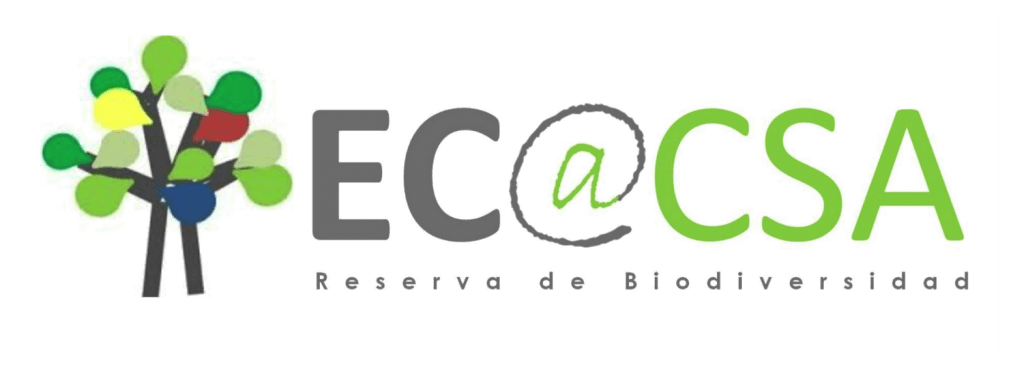In this study, an index of relative added value of ecosystem services (RAVES) is proposed in order to prioritise sites for ecological restoration based on the evaluation of multiple services. This tool was applied in the Piedra river basin (Zaragoza-Madrid). First, the area was defined and mapped according to land use types (LULC). Then, 11 ecosystem services were selected according to the watershed (10 regulating services; 1 cultural service); they were assessed and mapped. Each ecosystem service was given a different weight according to its link to the functioning of a given ecosystem. The most relevant scale for ecosystem service management and the application of the RAVES index were assessed. Finally, three alternative restoration scenarios were developed to improve services based on the availability of socio-economic resources.
As a result, the highest RAVES values were found in areas with natural vegetation and in gorges with riparian forests. The lowest values were found in agricultural fields, steep slopes and river reaches without riparian forest. Multi-scale spatial analysis indicated that most ecosystem services showed significant heterogeneity at multiple spatial scales, especially at broad (20-30 km) and very broad (40-50 km) scales.
Optimal socio-economic conditions for improving service provision were met when private and public land, along with economic funds, were available to implement ecological restoration. As most of the areas with low RAVES were on private land, even with limited funds, private land restoration would result in a large increase in the RAVES index.

- Monasteriopiedra.com
Prioritizing sites for ecological restoration based on ecosystem services
Main author
Year
Labels
- ecological restoration
- water ecosystems

